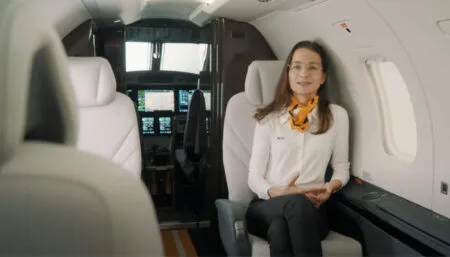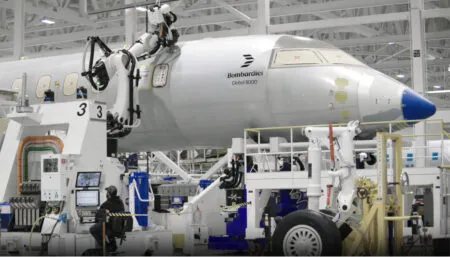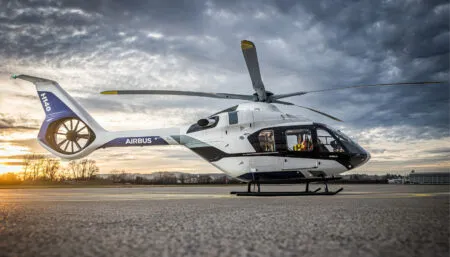Pegasus Universal Aerospace, which is seeking investment for its “vertical business jet”, Pegasus One, now has a CEO. Robbie Irons will support founder and chairman Dr Reza Mia, a long-time friend, and help steer product development.
The company is also scheduling a series of evenings with prospective investors, to be held from September to November 2019 in Johannesburg, South Africa. Further opportunities to invest in the programme will be available online.
Irons brings decades of aviation experience to the Johannesburg-based start-up, including senior roles with ExecuJet in Lanseria, in both business development and aircraft sales. He took responsibility for the firm’s aircraft sales activity in Africa in 2009.
Having forged relationships with HNWIs, senior industry personalities, presidents and ministers on the continent, in 2012 Irons established a consultancy firm, Irons Aviation, specialising in turnkey aviation solutions and infrastructure projects. He helped entrepreneurs Nicky and Jonathan Oppenheimer develop and implement Fireblade Aviation, an FBO at Johannesburg’s OR Tambo International Airport, becoming a board director of the firm in 2013. He also helped Liftec – an independent Bombardier sales representative that is active in 10 regions – to establish a new territory in Africa.
“As general aviation evolves, I am excited to become actively involved with the innovative Pegasus One,” said Irons, who was with Dr Reza for the programme’s international debut at EBACE 2019. “I am delighted Robbie has agreed to come on board,” said Reza. “Having him as a partner is a major asset.”
Meanwhile, work has begun on a full-scale demonstrator to showcase the concept in Europe in 2020. The plan is for Pegasus One to be completed at the company’s Johannesburg facility, within 18-24 months of FAA certification. Options to establish alternative production facilities are also being explored in the USA and Europe.
Pegasus One is designed to deliver speed, comfort and style to travellers looking for transportation between busy urban airports, small and unpaved landing areas, yachts and regular helipads, amongst others. Other applications include serving the oil and gas industry and medevac missions.
Pegasus is targeting a range of 4,400km (2,376 nautical miles) from runway take-off or 2,124km (1,147 nautical miles) in VTOL mode, with a planned cruise speed of 796km/h (497mph). The aircraft will feature six to eight seats, with power provided by two 2,300shp turboshaft engines. It will have an all-composite airframe.
Pegasus has identified a customer base that spans the civil and executive aerospace sectors. Along with Europe and the USA, India and China are key markets, as the Pegasus One doesn’t require new airports and runways to be built.
Pegasus estimates it will spend around US$500m to bring the aircraft to market. The company is close to identifying key suppliers for avionics, the retractable landing gear and the engines.





